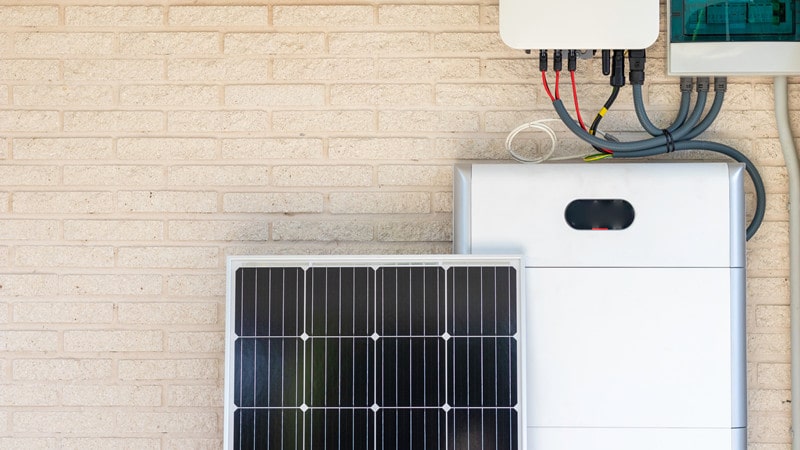As climate change continues to impact our planet with extreme weather conditions, rising sea levels, and higher temperatures, it becomes our responsibility to opt for sustainable solutions, such as using a solar generator for house to create and store renewable energy.
Renewable energy solutions, like solar energy, have the benefits of reduced emission of greenhouse gasses, low resource consumption, low maintenance with reduced energy bills, and more. Although the initial setup can be pricey, the long-term savings and returns on the investment (ROI) are worth it.
Solar panels have an average ROI of 10%, meaning you’ll profit by $1 for every $10 you spend on them. However, the question is, can they run a whole house? Generally, a solar generator can power a whole house. However, multiple factors, including the generator size, determine whether it’s powerful enough for your home. Let’s take a look.
Geographical Location
You must consider the geographical location of your home because the solar power system depends on the amount of sunlight it receives. The amount of direct sunlight exposure to panels is crucial, and weather conditions, such as overcast skies, can lower power output. It’s important to remember that solar panels can also capture solar energy on cloudy days, but the amount will be lower due to low light intensity.
Your Average Electricity Consumption
Your family’s average electricity consumption determines the size of the solar generator you need. However, your consumption can vary depending on your location, especially if you rely on electricity to cool or heat your home. The number of people in your home affects energy demand. More people mean more devices, appliances, and lights used concurrently, and a larger family means a larger solar generator setup.
Essential Wattage Requirement
To determine how much electricity you need, identify your appliances’ wattage requirements by checking the wattage requirements of all devices and appliances you plan to plug into the generator. You can typically find them labeled on the appliance. If the power requirements are in volts or amps, use the formula Volts (V) × Amps (A) = Watts(W).
Add up the running watts (running or rated watts are the continuous watts needed to keep the item running) of your appliances. If the total exceeds the value listed on the generator, opt for a generator with more output capacity.
Factor in the starting watt requirements – the amount of power the appliance needs to start up. Add the running wattage and starting watt together. The final sum is the total starting watts you need from your generator. Leave a 10% to 20% safety margin on the calculated wattage to accommodate any power fluctuations and to ensure supply isn’t pushed to maximum capacity.
Power Outages Frequency and Electricity Consumption During a Blackout
You can get away with using a smaller solar generator if you experience blackouts once or twice a year and only for a few hours. However, if your area is susceptible to prolonged blackouts from hurricanes or winter storms, invest in a solar generator with a larger battery capacity.
You must determine your electricity usage during a blackout by assessing the duration of the outage and calculating your power use in blackouts. This is typically done by subtracting the total power of high-power appliances, such as freezers, ovens, and central air conditioners, from the total wattage consumption and leaving only basic necessities. However, if you want to keep using high-power appliances, such as refrigerators, during power outages, opt for solar generators with high storage capacities and power output.
Endnote
Ultimately, choosing a solar generator for your home demands a meticulous assessment of factors like geographic location, household electricity consumption, and outage frequency. By aligning these considerations, you ensure an adequate clean energy supply while maintaining essential functionalities during power interruptions.




